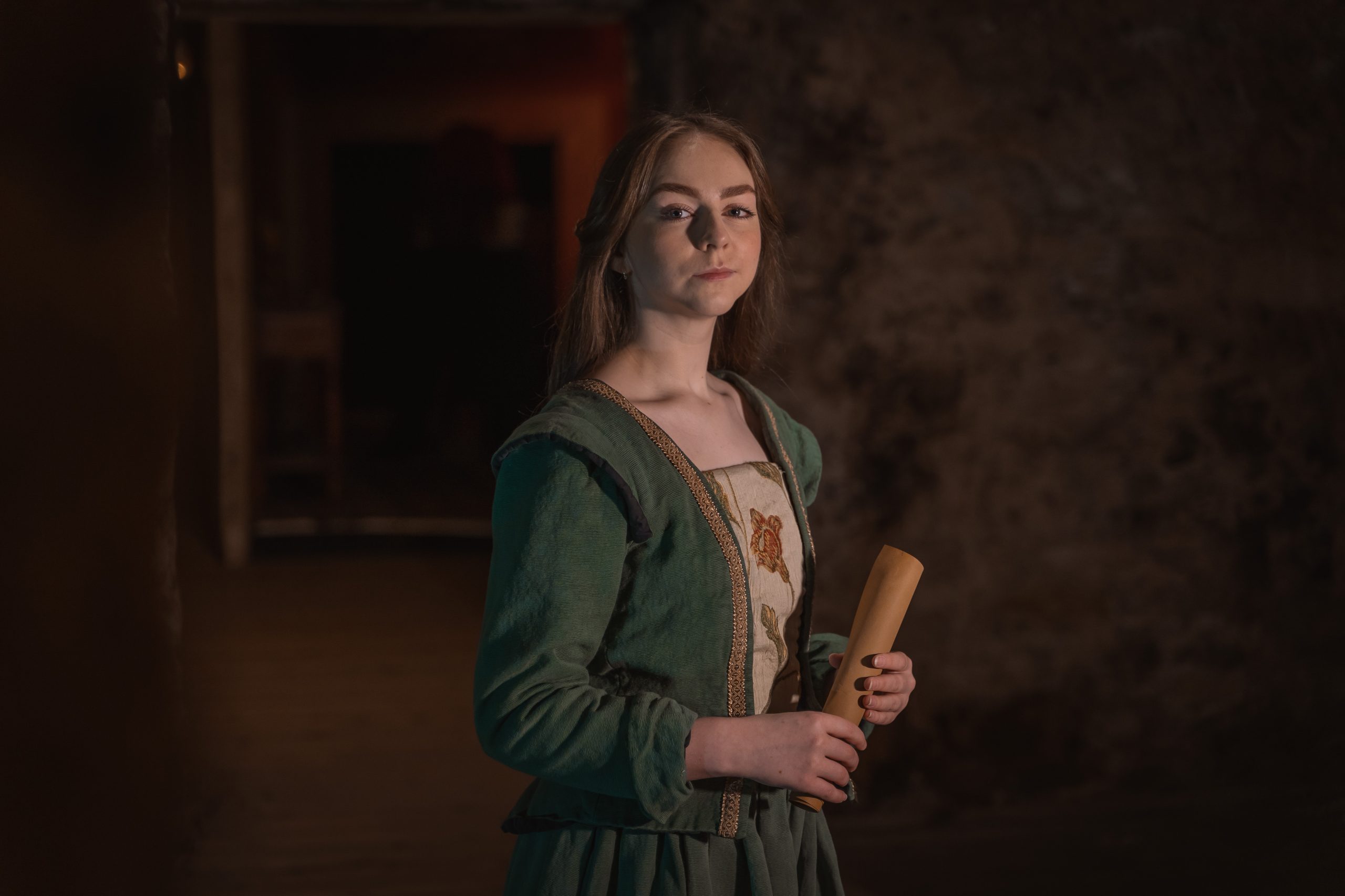Women and Property Rights in Early Modern Edinburgh

All women in Early Modern Scotland were bound by strict legal restrictions over their property as well as their bodies. Married women especially. They were unable to instigate legal proceedings or represent themselves in court. Unless, of course, their husbands first gave them permission. What’s more, landed property only ever passed down to the daughters of a family had no sons been born. As for widows, they were only granted a “lifelong interest” to a proportion of their deceased husbands’ lands. If there was a male relative left to inherit from them (which was preferable), all ownership rights passed to him.
Fortunately, it was entirely legal for single women and widows to both own property and defend themselves at court. In Edinburgh, many certainly did. In 1532, King James V of Scotland established The Court of Session to deal with civil law cases between members of a community. This new court was held just across the road from Mary King’s Close in Parliament House, and saw its fair share of women come forward to challenge their male relatives on matters of inheritance and the mishandling of their personal goods, as well as to assert their rights to widows’ estates.
Euphame MacCalzean
One such woman who dared to protect her rights to land and property was living on Stewarts Close in the late 16th century. Today, the street is hidden beneath Edinburgh’s City Chambers and forms part of our site at The Real Mary King’s Close.
As for the woman in question, her name was Euphame MacCalzean. She was the illegitimate and only daughter of Thomas MacCalzean, Lord Cliftonhall. As senator of the college of justice, he had extensive influence in Edinburgh and even legitimated Euphame’s birth in 1558. As a result, Euphame inherited estates and a vast amount of money worth thousands of pounds Scots.
She married Patrick Mascrop in 1570. It was the beginning of a long and exhausting battle against The Court of Session for her sole rights to land, property and ownership. One that would ultimately end in tragedy for one of the most powerful women in Edinburgh’s history…









